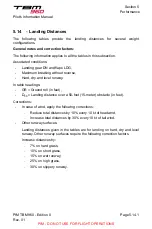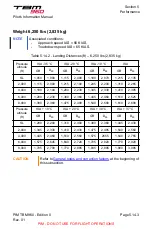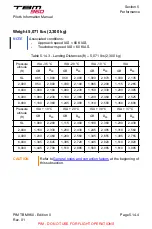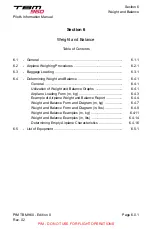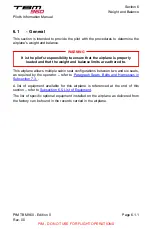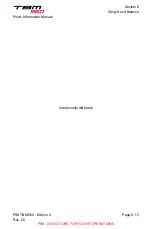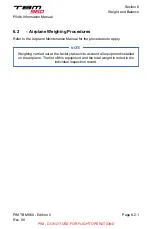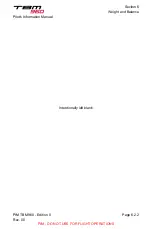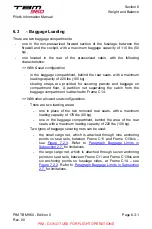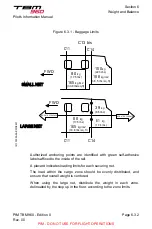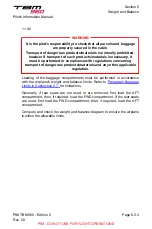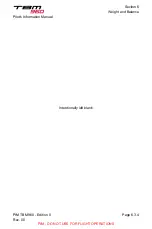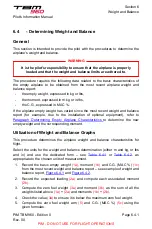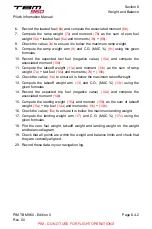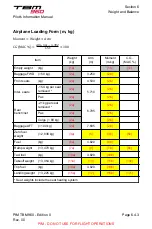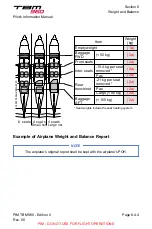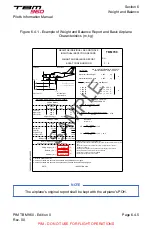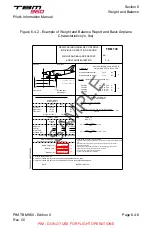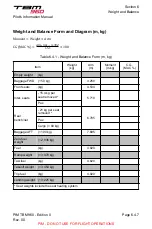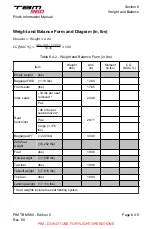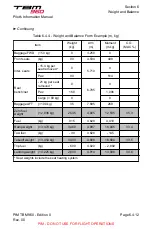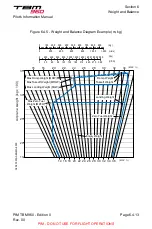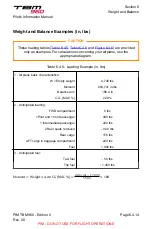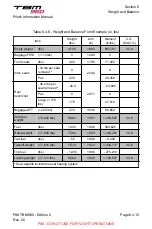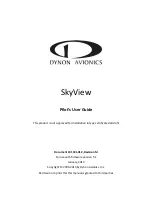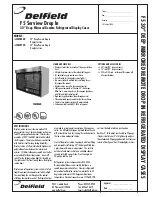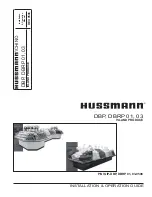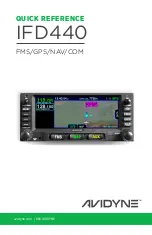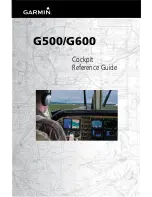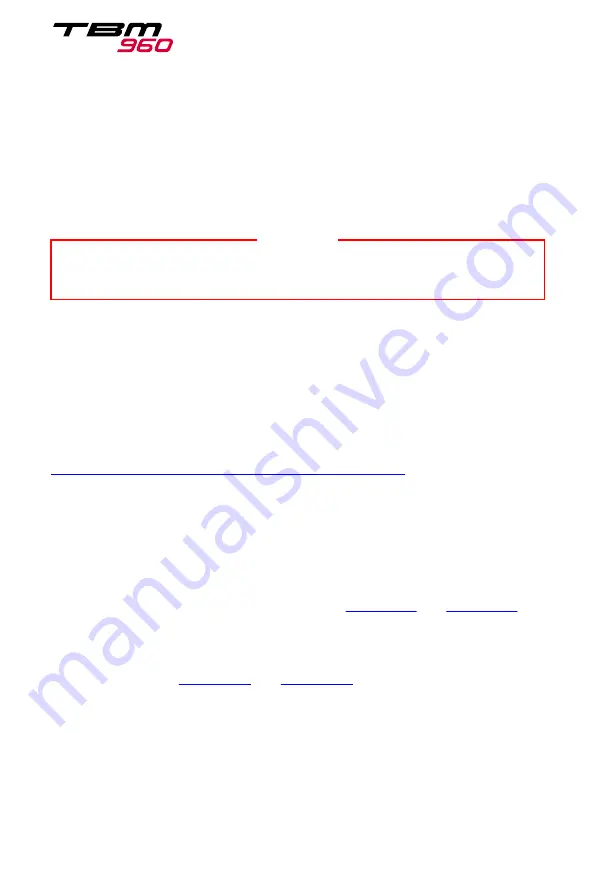
6.4 - Determining Weight and Balance
General
This section is intended to provide the pilot with the procedures to determine the
airplane's weight and balance.
WARNING
It is the pilot's responsibility to ensure that the airplane is properly
loaded and that the weight and balance limits are adhered to.
The procedure requires the following data related to the basic characteristics of
the empty airplane to be obtained from the most recent airplane weight and
balance report:
-
the empty weight, expressed in kg or lbs,
-
the moment, expressed in m.kg or in.lbs,
-
the C.G., expressed in MAC %.
If the airplane empty weight has varied since the most recent weight and balance
report (for example, due to the installation of optional equipment), refer to
Paragraph Determining Empty Airplane Characteristics
to determine the new
empty weight and the corresponding moment.
Utilization of Weight and Balance Graphs
This procedure determines the airplane weight and balance characteristics for
flight.
Select the units for the weight and balance determination (either m and kg, or lbs
and in) and use the dedicated form – see
, as
appropriate to the chosen units of measurement.
1. Record the basic empty weight
(1a)
, moment
(1b)
and C.G. (MAC %)
(1c)
from the most recent weight and balance report – see example of weight and
balance report,
2. Record the expected loading
(2a)
and compute each associated moment
(2b)
.
3. Compute the zero fuel weight
(3a)
and moment
(3b)
as the sum of all the
weights listed above
(1a)
+
(2a)
and moments
(1b)
+
(2b)
.
4. Check the value
(3a)
to ensure it is below the maximum zero fuel weight.
5. Compute the zero fuel weight arm
(5)
and C.G. (MAC %)
(5c)
using the
given formulas.
Section 6
Weight and Balance
Pilot's Information Manual
PIM TBM 960 - Edition 0
Rev. 00
Page 6.4.1
PIM - DO NOT USE FOR FLIGHT OPERATIONS

